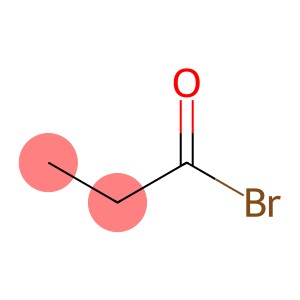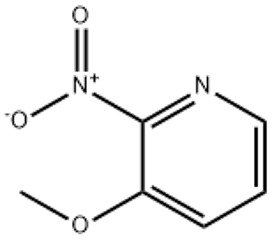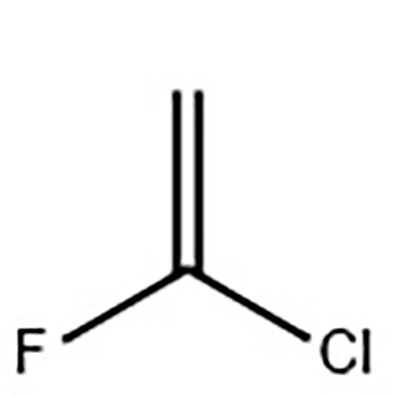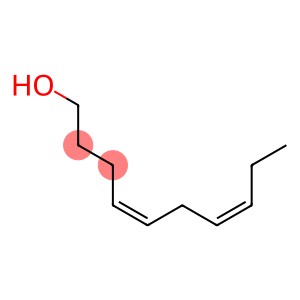Ethyl heptanoate(CAS#106-30-9)
| Hazard Symbols | Xi – Irritant |
| Risk Codes | R36/37/38 – Irritating to eyes, respiratory system and skin. R22 – Harmful if swallowed |
| Safety Description | S37/39 – Wear suitable gloves and eye/face protection S26 – In case of contact with eyes, rinse immediately with plenty of water and seek medical advice. S24/25 – Avoid contact with skin and eyes. |
| UN IDs | UN 1993 / PGIII |
| WGK Germany | 1 |
| RTECS | MJ2087000 |
| TSCA | Yes |
| HS Code | 29159080 |
| Toxicity | LD50 orally in rats: >34640 mg/kg (Jenner) |
Introduction
Ethyl enanthate, also known as ethyl caprylate. The following is an introduction to its nature, use, preparation method and safety information:
Quality:
- Appearance: Ethyl enanthate is a colorless transparent liquid.
- Smell: Has a fruit-like aroma.
- Solubility: It can be miscible with organic solvents such as alcohol and ether, but has poor miscibility with water.
Use:
- Ethyl enanthate is often used as a solvent and is widely used in synthetic chemistry and the coatings industry. It has low volatility and good solubility, and can be used in the preparation of coatings, inks, glues, coatings and dyes.
Method:
- Ethyl enanthate can be obtained by the reaction of heptanoic acid and ethanol. Ethyl enanthate and water are usually produced by the reaction of heptanoic acid and ethanol in the presence of a catalyst (e.g., sulfuric acid).
Safety Information:
- Ethyl enanthate is irritating to the human body at room temperature, and may cause irritation to the eyes, respiratory tract and skin when contacted.
- Ethyl enanthate is a flammable substance that can cause a fire when exposed to an open flame or high temperature. When storing and using, keep away from open flames and high-temperature sources, and maintain a well-ventilated environment.
- Ethyl enanthate is also toxic to the environment and should be avoided for discharge into water bodies or soil.








